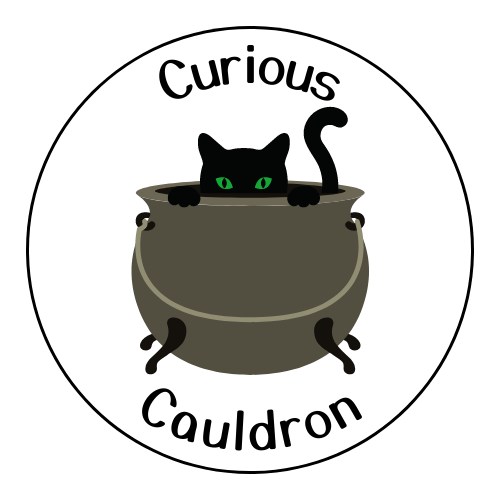
What Is Ostara & How Does It Relate To Easter?
Rebecca HaynesShare
The holiday known as Ostara is named after the Germanic goddess of fertility and the renewal of life, Ostara or Eostre.
Ostara is a Pagan holiday celebrated during the Spring Equinox, which typically falls on March 20th or 21st. It is also known as the Vernal Equinox and marks the beginning of Spring in the Northern Hemisphere.
It is a time of celebrating the rebirth of nature after the cold, dark winter months, and the return of the longer days and warmer weather.
During Ostara, Pagans may engage in various rituals and traditions, such as planting seeds or flowers, decorating eggs, and lighting bonfires. The holiday is also associated with the balance between light and dark, and many Pagans use it as a time for introspection and personal growth.
Easter, on the other hand, is a Christian holiday that celebrates the resurrection of Jesus Christ, which occurred after the Jewish holiday of Passover.

Although there is some disagreement as to whether or not the Christian holiday Easter actually has its roots in Pagan beginnings, there is no denying the similarities between Ostara and Easter, starting with the most obvious one being the name!
Easter and Ostara sound incredibly similar and are celebrated at similar times in the Northern hemisphere; Ostara celebrates the spring equinox (around the 20th -21st march), and Easter is determined by the lunar calendar (Easter Sunday falling on the 9th April in 2023).
The similarities between the Spring harvest festival, and the modern day gift giving and symbolism that is associated with Easter, have led many to believe that the Pagan festival Ostara was actually replaced with the Christian holiday known as Easter.
Symbols such as eggs and bunnies, which have their origins in Ostara were incorporated into Easter celebrations over time.
Eggs are also a symbol of fertility and the renewal of life and were used in pagan festivals to celebrate the coming of Spring.
Rabbits, which are associated with fertility and with the goddess Ostara (whom some say was a hare-headed goddess who ruled over rabbits and birds), have become a large part of Easter traditions also.

In fact, some go as far as to say that the process of adopting other lands traditions and holidays made it easier for conquering nations to convert their new subjects over to their own religion- i.e. Christianity, thus eventually replacing the old religions and practices so that later generations would only know the new religion.
In essence, the old ways would eventually die out and be lost to folklore.
So when you are tucking into your chocolate bunny or chocolate egg, remember to give thanks to the goddess of fertility for her contributions to Easter- just imagine what Easter could have been without her (imagine a life without chocolate bunnies if you dare!)
(p.s. I am in no way affiliated with the channel, I just like the story and the retelling of it).
Have a wonderful Easter xx
